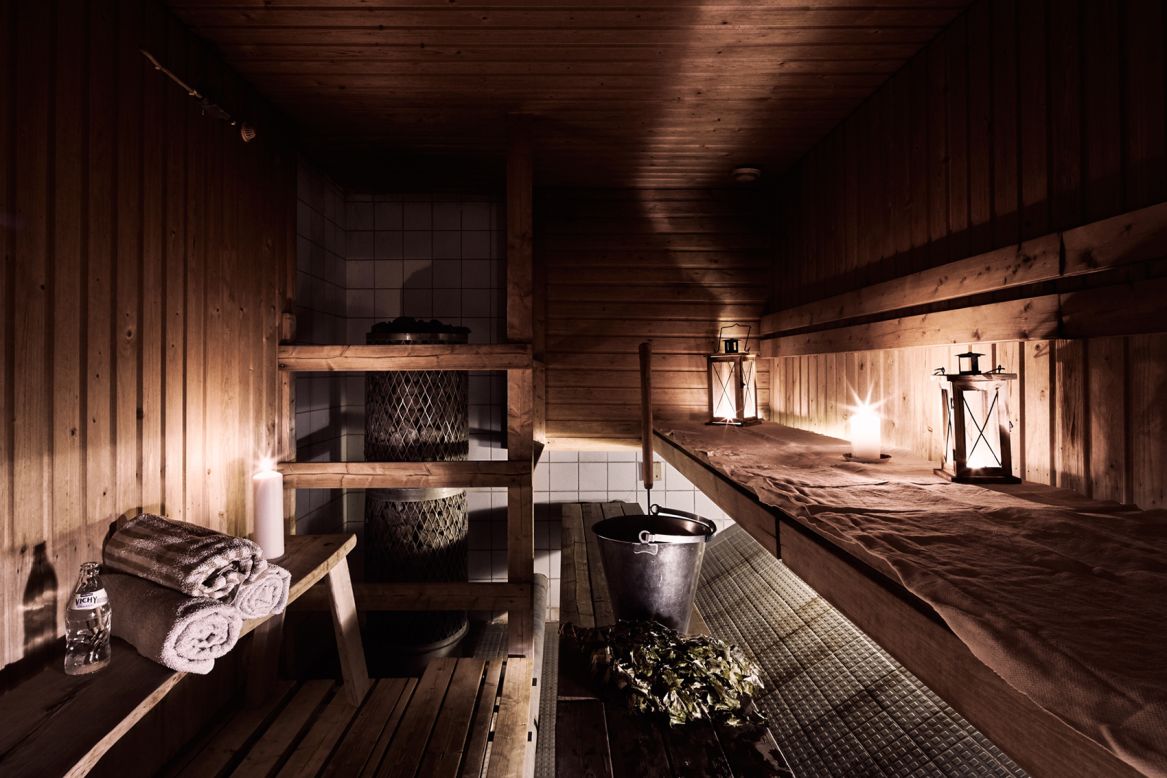Some Of Traditional Sauna
Some Of Traditional Sauna
Blog Article
The Basic Principles Of Traditional Sauna
Table of ContentsSome Known Details About Traditional Sauna 9 Easy Facts About Traditional Sauna DescribedHow Traditional Sauna can Save You Time, Stress, and Money.Not known Details About Traditional Sauna The smart Trick of Traditional Sauna That Nobody is Talking About
Most of the weight shed in a sauna is water loss and is re-gained upon rehydrating. Without a question sauna can be an essential component of a healthy weight loss program. To consider the distinctions between standard and IR saunas, I will separate these into verifiable, academic, and made distinctions.Thus, the most popular point in the saunawhich is at the ceiling straight over the sauna heateris generally in between 185 and 190 F. Claims that a traditional sauna surpasses 200 F is just not true and not applicable for electrical saunas offered in the US. The temperature level for a far-infrared sauna is normally established in between 120 and 140 F; nonetheless, unlike the typical sauna, the goal in and IR room is not to attain a heat.
Since of this, the temperature distinction is nearly irrelevant, because extreme sweating leads to both sauna types, but the technique of heating the body is different. In an IR sauna the bather will certainly really feel hot and will sweat profusely, however at much lower temperature levels (Traditional Sauna). Thus, if the goal is to spend longer periods of time in the sauna, the IR sauna is a great option
When a standard sauna has actually been effectively heated up, the sauna walls are warm, the air temperature has actually accomplished set temperature level and the rocks are very warmed. As a fascinating side note, the warmed walls and the rocks are sending out far-infrared heat, integrated with the warmed air, to develop an "covering heat".
Traditional Sauna Fundamentals Explained

When the heat is achieved, the components cycle on and off to keep the heat. Many typical sauna customers take pleasure in pouring water over the rocks to create vapor to elevate sauna humidity levels. The advantages of putting water over the rocks consist of: making the space a lot more comfy, dampening the nasal flows, and allowing the usage of aromatherapy by blending crucial oils with the water.

When the energy goes into the body, it creates the body temperature to increase and ultimately causes sweating. In an infrared sauna it is essential for the emitters/heaters to stay on practically regularly. Because there is no mass of rocks to preserve warm, the sauna will certainly cool down if the emitters shut down.
As mentioned above, the sauna bather in an infrared room intends to position himself in front of running emitters to obtain maximum gain from the warm. The heating time for both rooms can be extremely different, relying on how the rooms are utilized. For a standard sauna, a bather should enable 30-40 mins for the area to achieve a wanted temperature level and to get redirected here correctly pre-heat the rocks.
Not known Details About Traditional Sauna
A well created sauna will normally accomplish a temperature of 150-160 F in regarding 30-40 minutes. For hotter temperature levels, the area might require to heat for a longer period.

Conventional saunas have a tendency to be larger (for this reason use more power) than infrared saunas, although conventional saunas are absolutely available in one and 2 individual dimensions. For a two-person standard sauna, 5x6 or 5x7 size is most popular. The top bench can easily seat 2 or 3 individuals and is also enough time to exist down throughout the sauna session.
Facts About Traditional Sauna Uncovered
The typical price per kWH of electricity in the united state is approximately $0.11, so a 4.5 kW heating system will set you back about $.50 to run for one hour, if the heating system runs continually for one hour. Commonly a sauna heating system will compete 75% of the first hour and 50% of succeeding hours on since the elements cycle once the set temperature is achieved.

There is a hardly ever talked about distinction in the social experience in between the 2 spaces. While our society has lost a few of the social benefit of the standard sauna experience, it can be very socially gratifying (Traditional Sauna). From family members time in the sauna, to heart-felt discussions with loved ones, to sauna partiesthe traditional sauna experience can result in intimate interacting socially
8 Simple Techniques For Traditional Sauna
Most greater end infrared areas consist of colored light treatment, audio systems and full-glass fronts.
Report this page